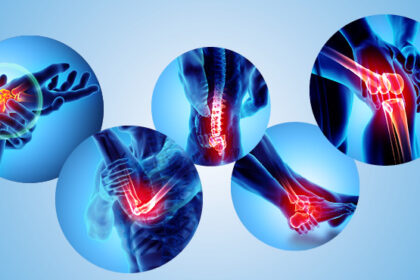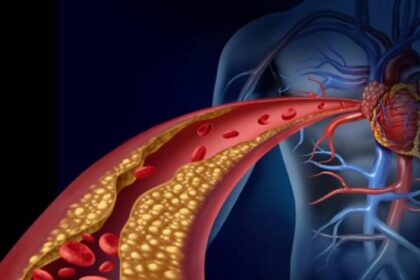Spine surgery treats problems in the spine that can affect nerves, discs, and vertebrae. Surgeons employ specialized techniques to reduce pressure, stabilize specific parts of the spine, or replace damaged structures. Each method is chosen based on your symptoms and imaging results. Here are some typical spine procedures, including how they are performed and what they aim to fix:
Discectomy
A discectomy is a procedure that removes part of a spinal disc pressing on a nerve root. For a lumbar discectomy, surgeons typically access the disc through a small incision in the back using various tools. They then remove a fragment of the herniated disc and may trim some additional disc tissue to prevent future nerve contact.
This surgery may be performed to relieve leg pain caused by lumbar compression or arm pain. Because precision is necessary, surgeons might use a microscope or loupes for magnification, and fluoroscopy helps guide them to the correct level. There are different approaches to the surgery. The choice depends on the patient’s anatomy, previous surgeries, and the size and location of the injury. Recovery usually involves early walking, nerve glide exercises, and careful load management to reduce irritation and promote healing.
Decompression Surgery
When narrowed spaces pinch nerves, decompression enlarges those spaces so nerves move freely and inflammation settles. Some cases use minimally invasive portals that split rather than detach muscle. Others call for open exposure if scarring or deformity limits access to the area. Typical targets include lumbar spinal stenosis or other procedures. In selected patients, decompression pairs with limited stabilization when too much bone removal risks instability.
Spinal Fusion
Spinal fusion is a type of spine surgery that joins two or more vertebrae together to reduce painful motion and maintain proper spinal alignment. To promote a solid connection across the affected segment, it uses a bone graft. The technique varies depending on the approach:
During surgery, certain additives may be used to enhance bone growth. Navigation tools, fluoroscopy, and monitoring may help improve accuracy and reduce the risk of nerve and blood vessel injury. The choice of graft material, cage size and shape, and screw placement all influence spinal stability and successful fusion. After surgery, patients may need bracing, proper nutrition, and smoking cessation to support healing.
Artificial Disc Replacement
Artificial disc replacement is designed to maintain motion at the treated level while addressing a painful or degenerated disc. Devices use metal endplates and a core that allows controlled movement in bending, rotation, and translation. Precise sizing and midline placement are helpful because an incorrect position can alter movement and load sharing. Surgeons might remove the diseased disc, prepare endplates to accept the implant’s features, and use trial components before final insertion under fluoroscopy. This option may be suitable for patients with preserved facet joints, segmental stability, and other issues without advanced deformity.
Choose a Spine Surgery Approach
Selecting the right technique requires matching your symptoms, neurological findings, imaging results, and treatment goals. To prepare, gather your MRI scans, reports, and any previous notes. Make a list of activities that trigger your symptoms and what helps relieve them. Be sure to ask your doctor about the approach, implants, imaging guidance, and recovery process. If you’d like a focused review of your options, please contact us to schedule a consultation. Bring your scans so we can tailor the plan to your specific situation.








